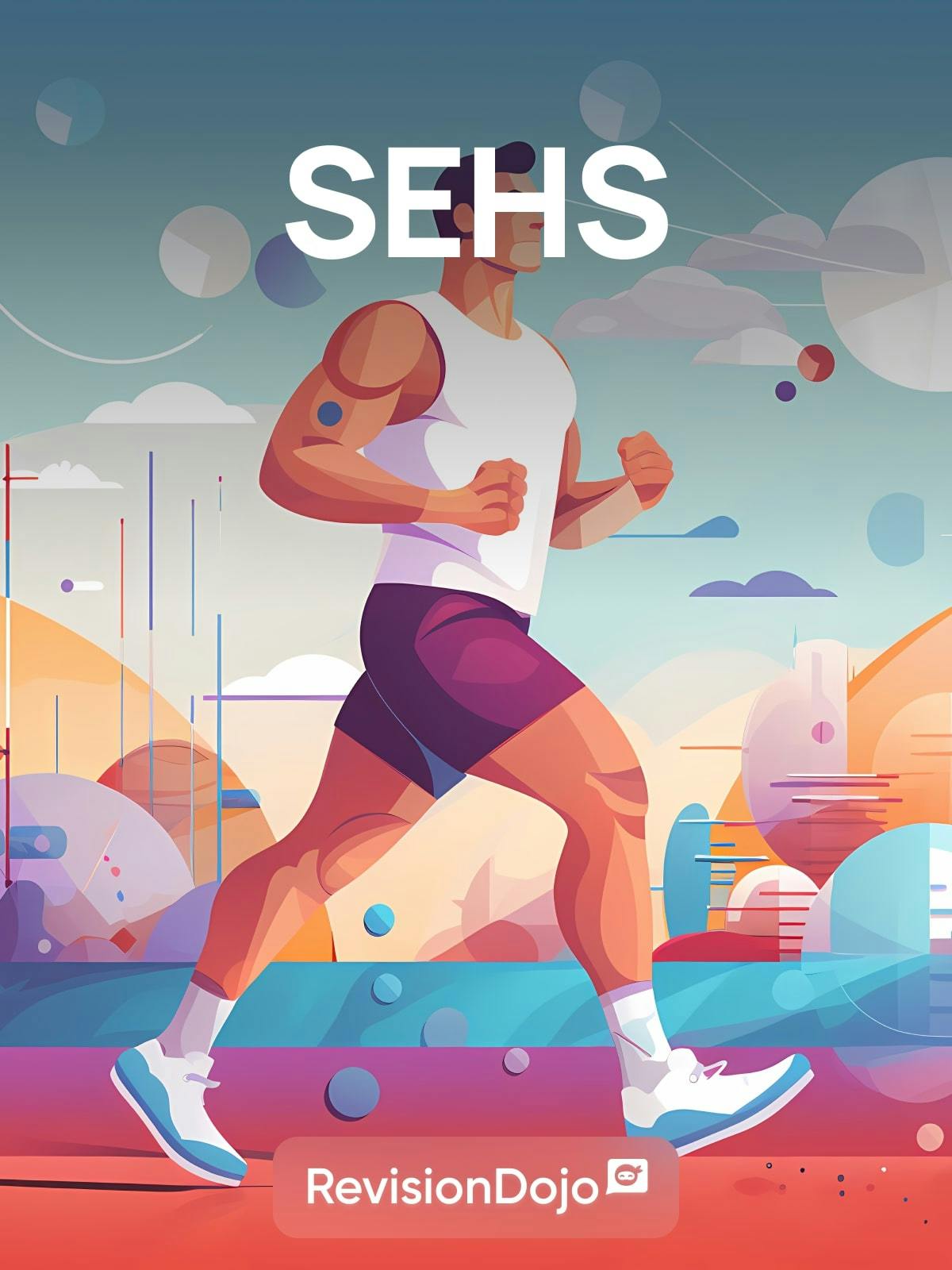
Option A - Optimizing physiological performance
Question 1
SLPaper 3State two classes of non-nutritional ergogenic aids currently banned by theInternational Olympic Committee (IOC).
Evaluate the use of beta blockers by an archer to positively influence their performance.
Question 2
SLPaper 3Define overreaching.
Define overtraining.
Discuss indicators of overtraining in an athlete.
Question 3
SLPaper 3The Marathon des Sables is a 6-day, 250 km run across the Sahara Desert in temperatures reaching 50 °C. Describe how an athlete acclimatizes when preparing for the race.
Explain the physiological adaptations that occur during heat acclimatization.
Question 4
SLPaper 3Define the term ergogenic aid.
Discuss the benefits for an athlete using anabolic steroids.
Suggest how a soccer player could use periodization to optimise their performance in the preparation phase for the 2018 soccer world cup in Russia.
Question 5
SLPaper 3Define ergogenic aid.
Evaluate the use of beta blockers by athletes.
Question 6
SLPaper 3Define ergogenic aid.
Outline two possible harmful effects of long term use of anabolic steroids.
Discuss the benefits for athletes of using beta blockers.
Question 7
SLPaper 3Outline overreaching and overtraining.
Suggest ways an athlete can avoid overtraining.
Question 8
SLPaper 3State the standard range for a healthy core body temperature.
Identify an example of heat conduction in a sport.
Question 9
SLPaper 3Distinguish between overtraining and overreaching.
Describe fartlek training.
Analyse a mesocycle unit of training.
Question 10
SLPaper 3A study tested the effects of a caffeine drink on physical performance in soccer. Eighteen female players took part in two soccer games. They consumed a caffeine drink 60 minutes before Game 1 and a placebo 60 minutes before Game 2.
Each player wore a GPS device to record their distance travelled and speed. Mean running distance (m) for each game is shown.

[Source: Reprinted by permission from Springer-Verlag Wien: Springer Nature, Lara, B., Gonzalez-Millán, C., Salinero, J.J. et al.
Caffeine-containing energy drink improves physical performance in female soccer players. Amino Acids 46, 1385–1392 (2014).
© Copyright 2014. https://doi.org/10.1007/s00726-014-1709-z.\]
Identify the running speed, in km h–1, at which the difference in running distance between the two conditions is greatest.
Calculate the difference in mean running distance, in metres, for the speed identified in 1(a)(i).
Comment on the statistical significance of the effect of the caffeine drink in this study.
Outline two reasons for a placebo condition in the study.
Explain the benefits of caffeine use for a soccer player.
